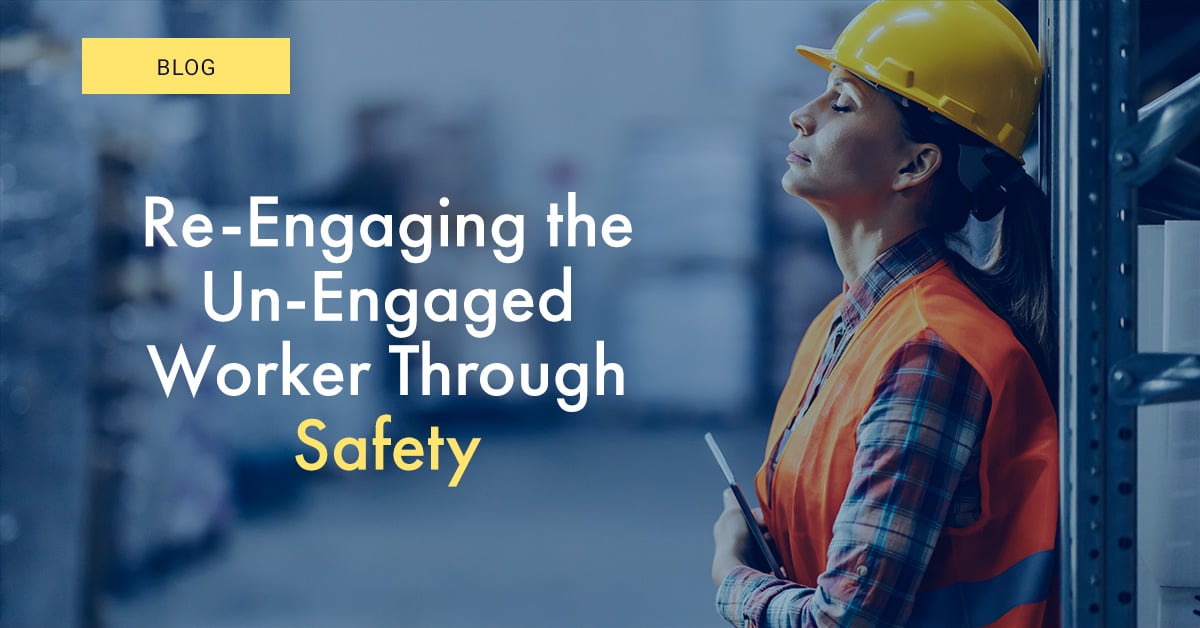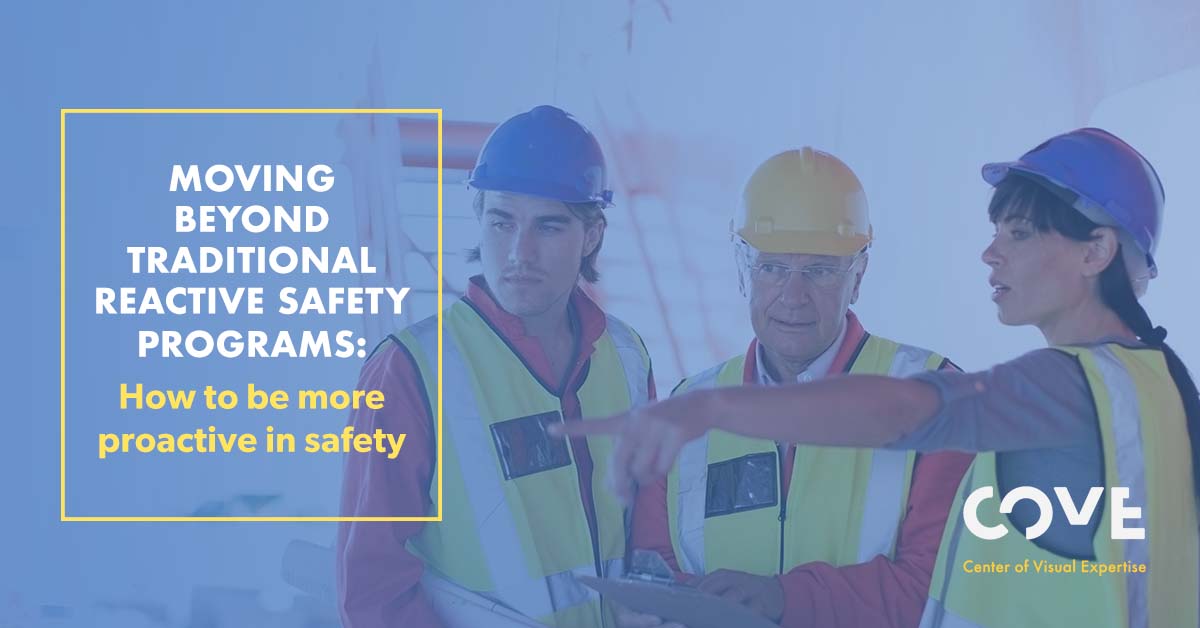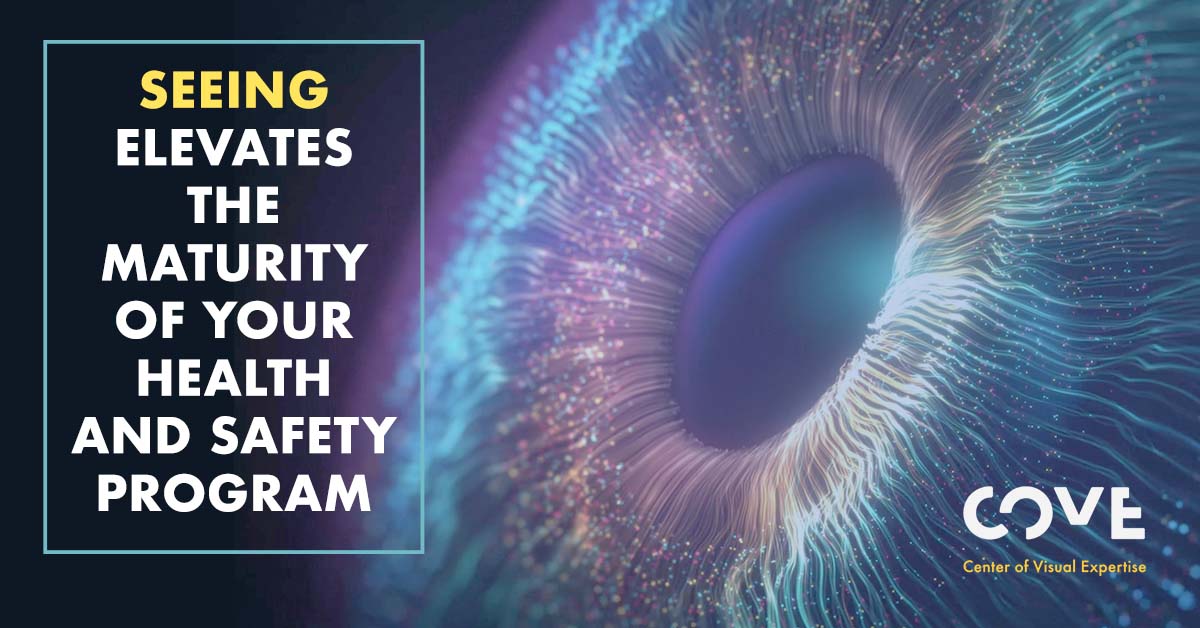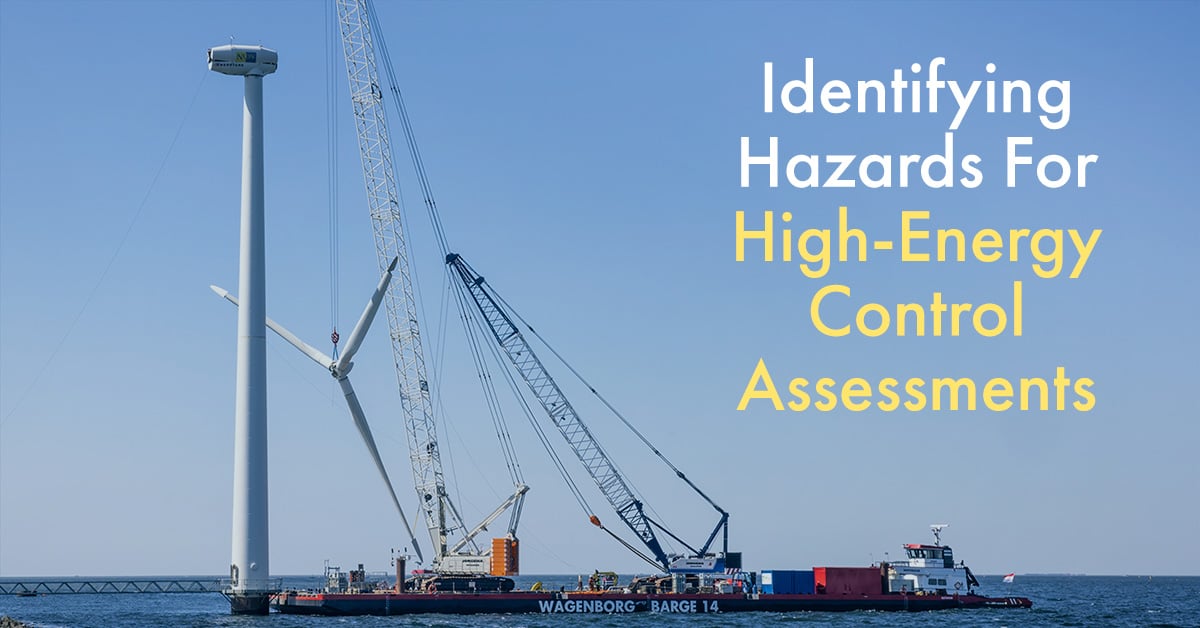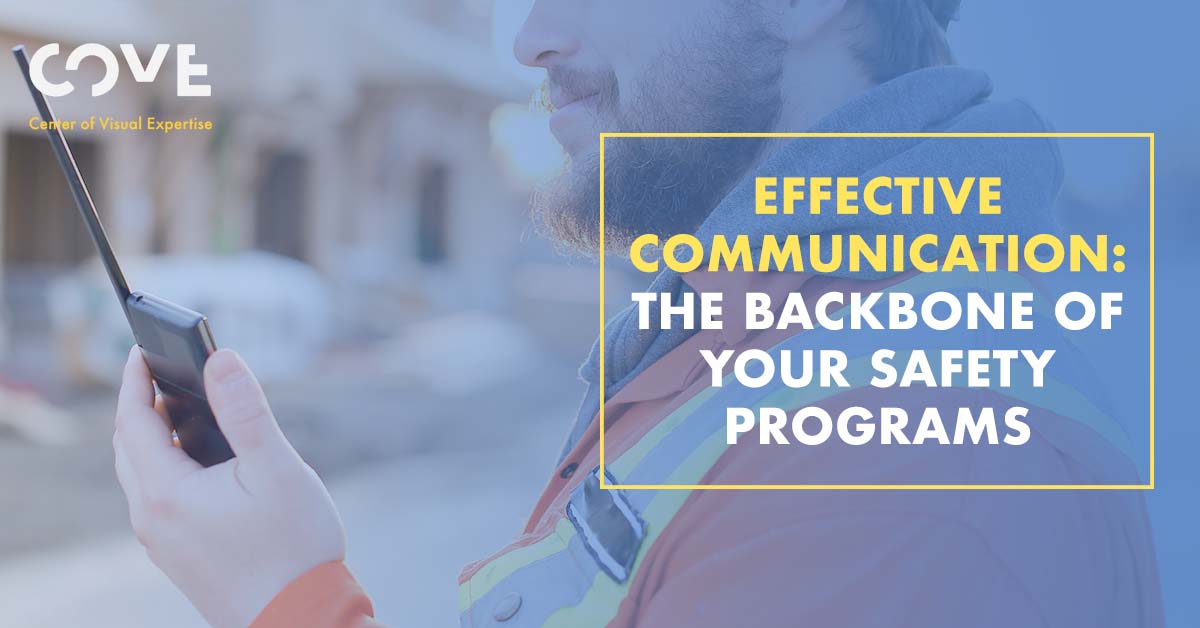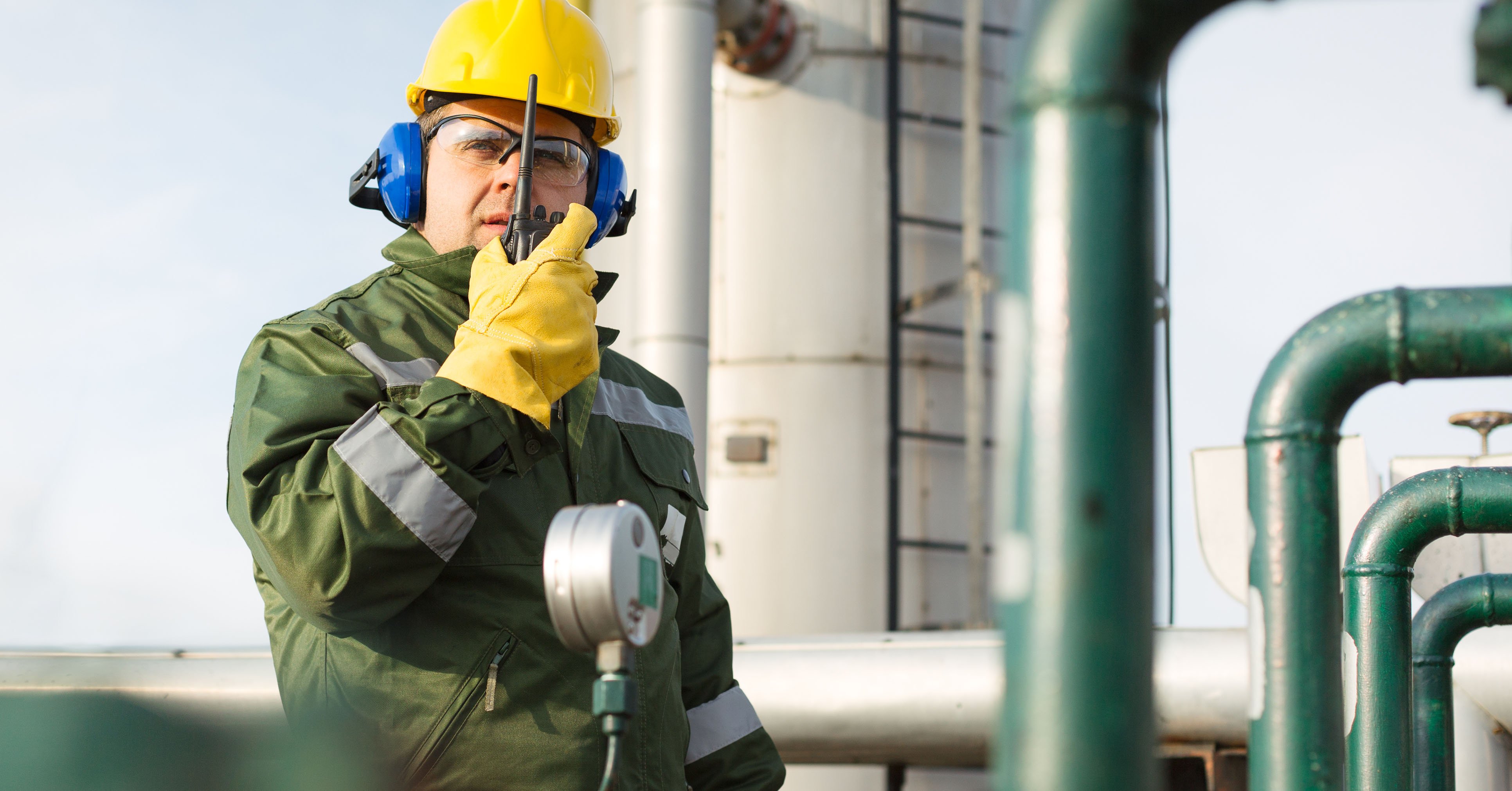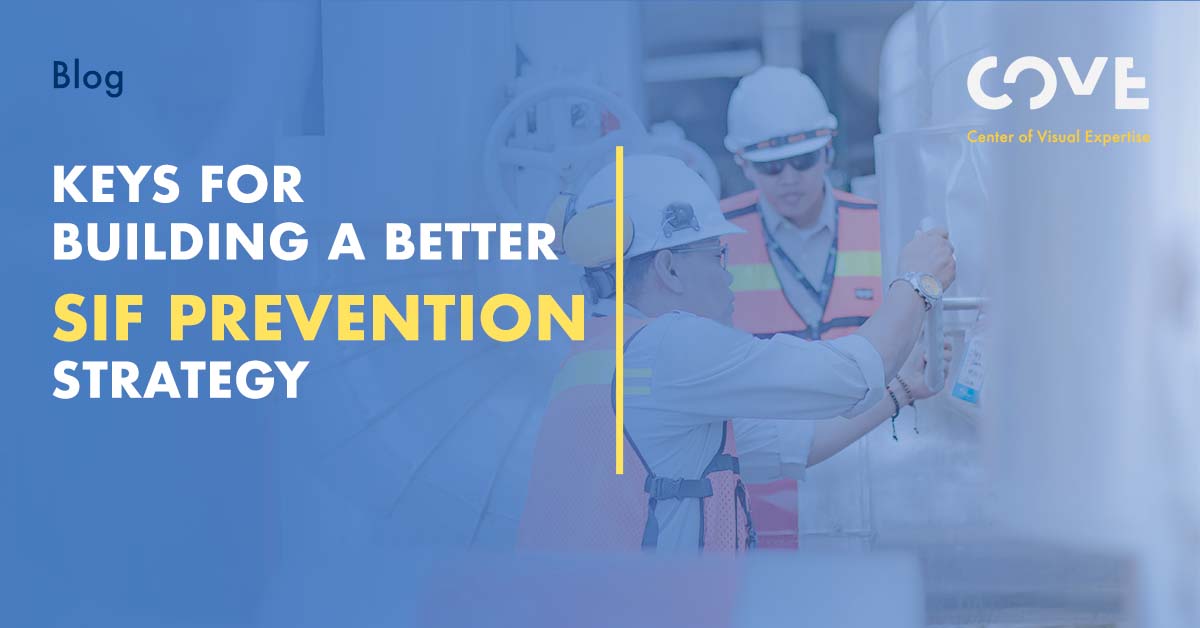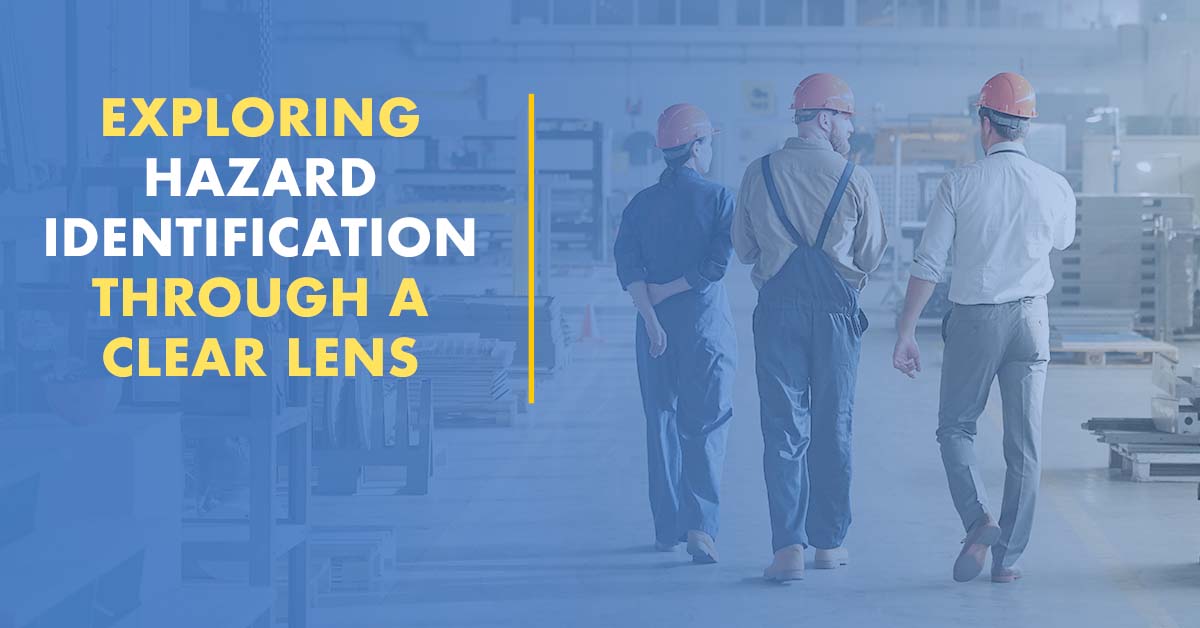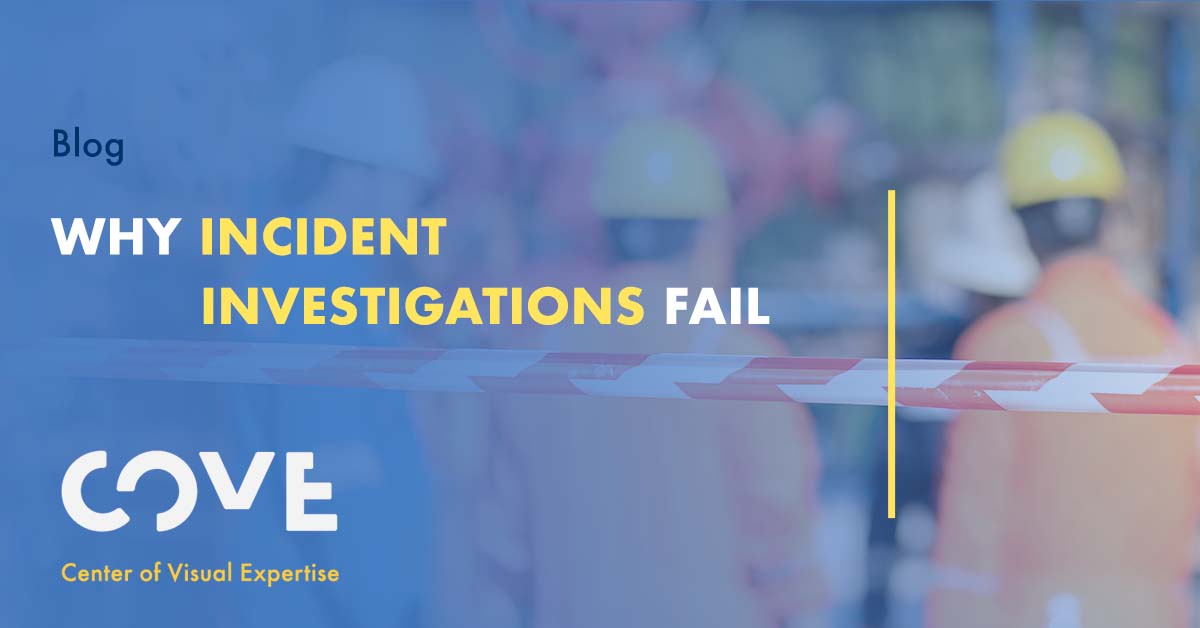By Dave Johnson on Feb 13, 2023 1:46:40 PM
When employees mentally check out while still performing their job or task – which they are doing in increasing numbers – they put their own safety and the safety of coworkers at risk. A 2022 Gallup Poll of 67,000 American workers found an increasing number (18%) are reporting higher than ever levels of dissatisfaction and mental lethargy at work. This disengagement raises the risk of serious injuries and fatalities as 2023 gets underway.
Less than one in three employees (32%), whether full-time or part-time, are actively engaged in their work. They are your enthused, dedicated, most likely to participate employees. They make excellent safety advocates – alert, attentive, situationally aware and willing to volunteer and commit to mission critical activities. But they represent only a third of your workforce.
Almost one in five workers (18%) are considered actively disengaged, defined by Gallup as being disgruntled and disloyal because most of their workplace needs are unmet. These are your workers more likely to work on auto-pilot, blind to potential hazards, and least likely to report unsafe conditions. They are accidents waiting to happen.
The remaining 50% of survey respondents are “neutrals” – neither engaged nor actively disengaged. They are passively waiting to see what the company – and the safety and health team –do to address their major work-related concerns:
- get the opportunity to develop new skills with training that is non-traditional and innovative (not bound to the classroom and lectures)
- be given the dignity to have their voice heard and their opinions count without the threat of retribution
- have the opportunity to do work that they feel most competent at performing
- connect to the mission and values of the organization (and includes safety and health values)
- feel someone in the workplace truly cares about their well-being
- receive clear guidance on what is expected in terms of job performance
An excellent opportunity
An organization’s leadership and safety and health team – if truly committed in terms of time and resources – are in an excellent position to “win over” those neutrals, utilize the strengths of the “actively engaged,” and demonstrate to disgruntled employees a seriousness about satisfying their unmet workplace needs.
How?
- Reverse decades of by-the-book safety and health training by delivering creative, interactive and fun, yes fun, training that develops new skills and critical thinking.
- Create new ways of going about tried-and-true safety practices, such as hazard identification, risk assessment, finding and fixing, and communicating safety messages.
- Use non-traditional safety techniques to develop critical thinking skills that will reinforce workers’ confidence that they are performing to their maximum capacity – to their very best.
- Use innovative, non-traditional training, personal coaching and mentoring, buddy systems, teamwork and empathic leadership to bring home to employees that yes, someone, actually a collective of coworkers and leaders, cares about their well-being.
- Ask employees thoughtful questions – in training sessions and on audits and walkarounds -- about work conditions, hazards, where the next incident is going to happen; and closely, patiently listening to their opinions without judgment or biases. These conversations show that there is empathy, and employees are free to speak their minds without negative consequences.
- As for connecting employees to a company’s mission and values, former Alcoa chairman Paul O’Neill chose to emphasize safety as he went about changing the culture, and improving the profit picture of the company. Why safety? Because he realized profits, production, customer service, quality and other organizational missions do not have the emotional connection to employees’ hearts and minds that saving lives and preventing injuries does.
- Finally, if employees are seeking clarity about expectations, look no further than safety and health. The life and death stakes of safety and health issues mandate very clear expectations about finding and fixing hazards, wearing PPE, entering confined spaces, locking out machinery, working at heights, responding to emergencies and numerous other elements of a safety and health program.
This year, starting in March, a series of non-traditional two-day workshops presented by COVE: Center of Visual Expertise squarely addresses many of the issues causing employee engagement problems in organizations. Cutting-edge hazard identification exercises use the Toledo Museum of Art’s methodologies to increase visual comprehension and communication.
“We use art education tools and concepts to ‘deconstruct’ complex environments by color, lines, shapes, space and texture,” says Glenn Murray, a COVE managing director, and former ExxonMobil safety leader. This gives workers a new language with which to describe hazards, interpret their meaning (or degree of risk) and communicate actions to be taken.
“Visual literacy causes you to question and look at things differently, using critical thinking,” says Murray. “You can use these skills on and off the job, at work and at home, 24/7. The workshop experience is unique, fun and engaging.”
Many participants go back to their jobs saying, “that’s the one of the coolest workshops I have ever attended.” “We hear that a lot,” says Murray. They also return to their workplace with clear expectations for hazard identification, incident reviews and preventing serious injuries and fatalities. Knowing their company wants them to communicate openly without being judged. They are connected to and energized by the safety mission and values of their organization. And having spent two days in unorthodox, highly interactive and fun safety training, they see that their workplace cares about their personal well-being and professional development.
This is how senior leadership, the safety and health profession, and specifically COVE workshops can provide strategies for winning the hearts and minds – and engaging – employees who are increasingly ambivalent about their workplace and their work.
COVE WORKSHOP DATES
March 22 & 23, 2023
May 3 & 4, 2023
October 18 & 19, 2023
December 13 & 14, 2023
The 2-day live workshop runs from 9:00 am – 4:30 pm EST daily and is held at the Toledo Museum of Art in Toledo, OH.
